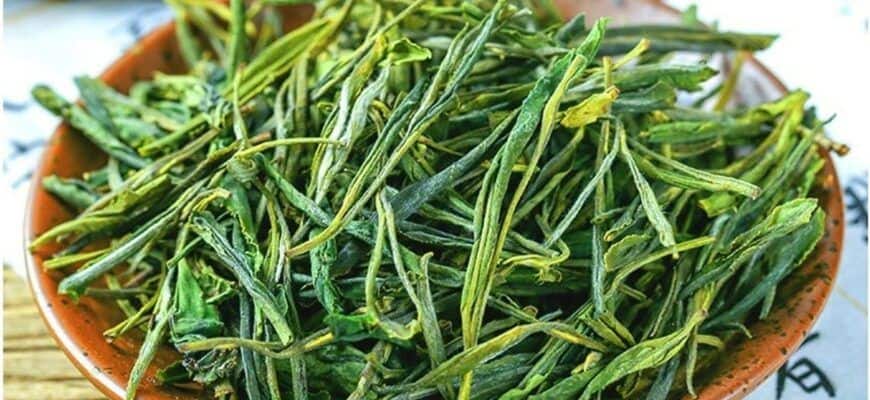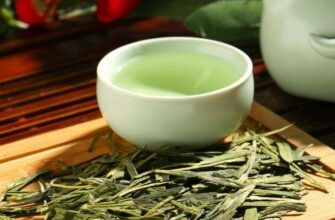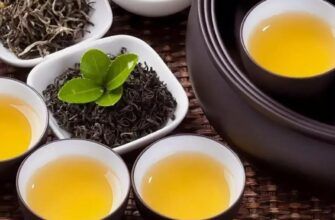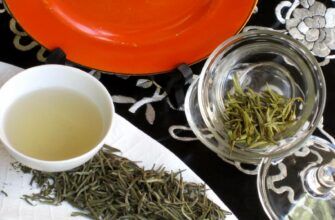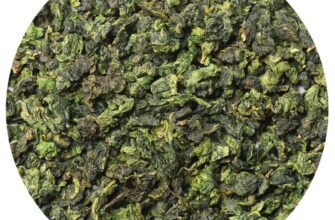Huoshan Huangya is a high quality yellow tea from Huo Shan County, Anhu Province.
This tea is made from tender, narrow buds using the traditional simmering process, which is partly why this tea is called "yellow buds". The best varieties grow on Jin Chi Mountain, as well as in the villages of Chin Shan Tua, Chin Zhu Ping and Wu Mi Zhan, which are located at an altitude of 800 meters above sea level.
Huoshan Huanqua was invented during the Tang Dynasty (618-907 AD). Lu Yu, the Tea Sage, named this special yellow tea in his famous Tea Classic.
The method of making this tea was lost in 1940, but in 1972 it was restored by three eminent tea masters.
To preserve freshness, the tea leaves are harvested in the morning in the spring and harvested using five essential steps. All work must be completed by the evening of the same day. Another well-known yellow tea, Junshan Yinzhen, to give it a yellow color, while Men Din Huang Ya is spread on an iron pan and heated to give it a yellow color.
Huoshan Huangqua is only lightly processed with yellow tea technology and is still green tea in quality and taste. Its leaves are straight and long, which resembles flowers or the tongue of a sparrow. The color of the leaf is yellowish-green, with small hairs covering the buds.
This tea has a rich and clean long lasting nutty flavor and aroma. Warm, delicate, botanical aroma followed by a sweet taste. The color of the decoction is greenish-yellow, bright and transparent. A juicy, refreshing taste with nutty notes is felt in the mouth. The floral aroma and aftertaste are sweet and very long.
What makes Huoshan Huangqua tea yellow
Unlike Junshan Yinzhen, Huoshan Huanqua never turns yellow by wrapping it in paper during manufacture. Here are the reasons why it is yellow tea:
- Traditional varieties of plants that grow on Huoshan Mountain: Huashan Morning and Golden Cheek. Young tea leaves of these varieties have a yellow-green tint.
- After picking, the tea leaves are placed indoors for a few hours to ferment naturally, then after heating, fermentation takes place again, and after shaping, the tea is fermented again.
- The next process is two-time baking for three days. After each roasting tea is placed on the fermentation.
Fermentation time is a critical factor in determining what kind of tea it is, and if fermentation is not enough, then the tea remains green.
Read more: